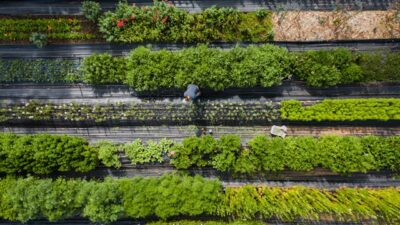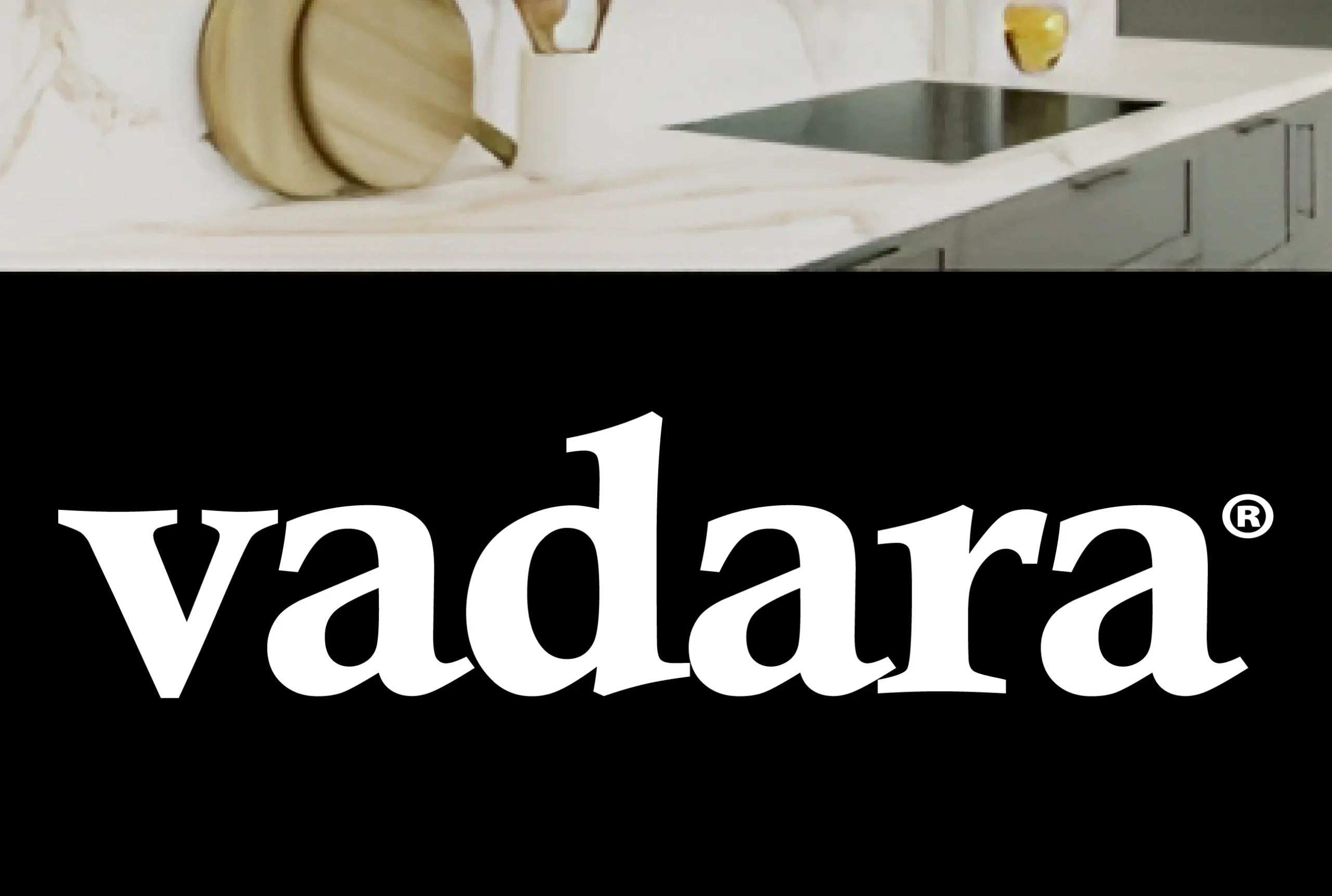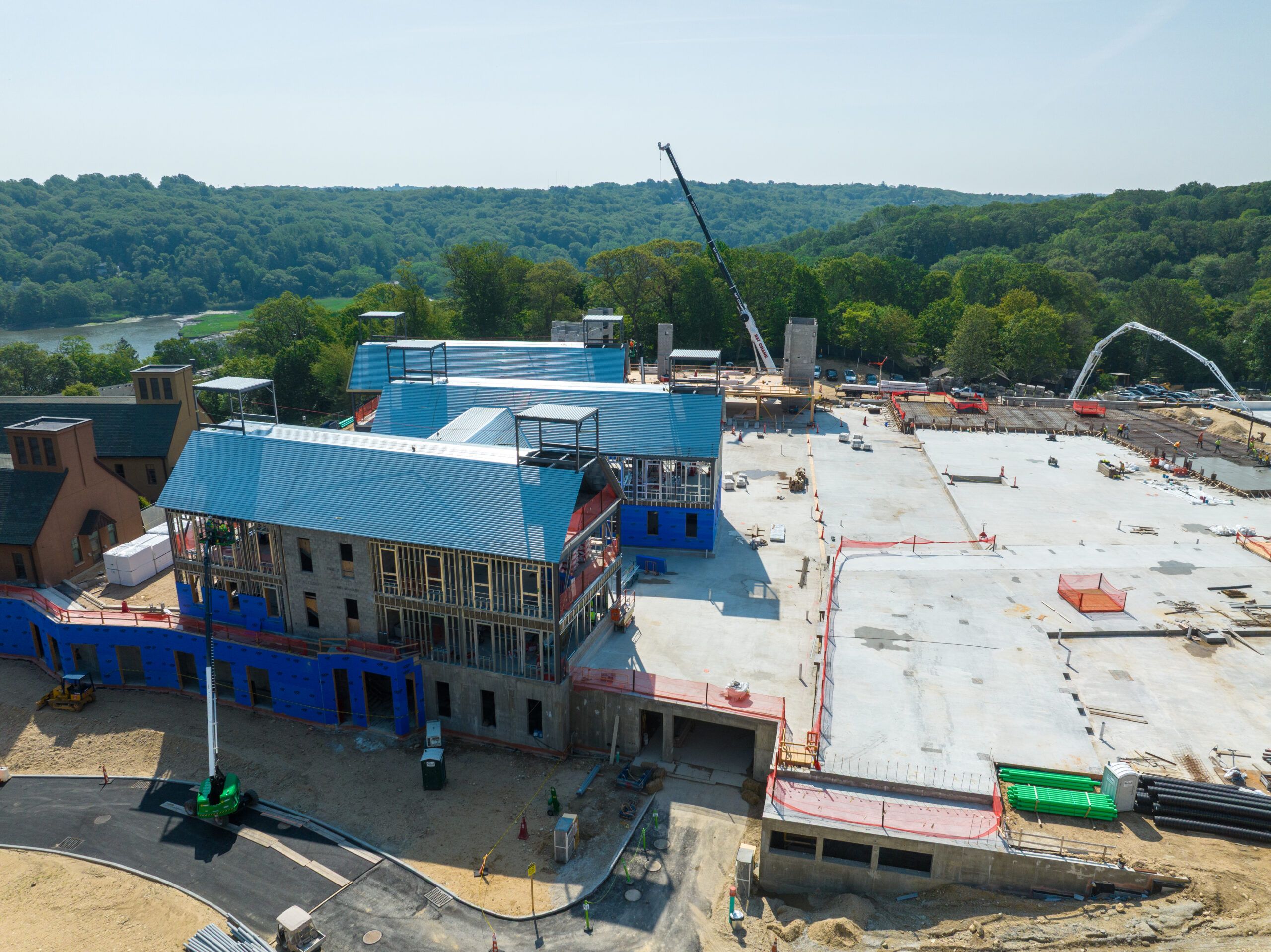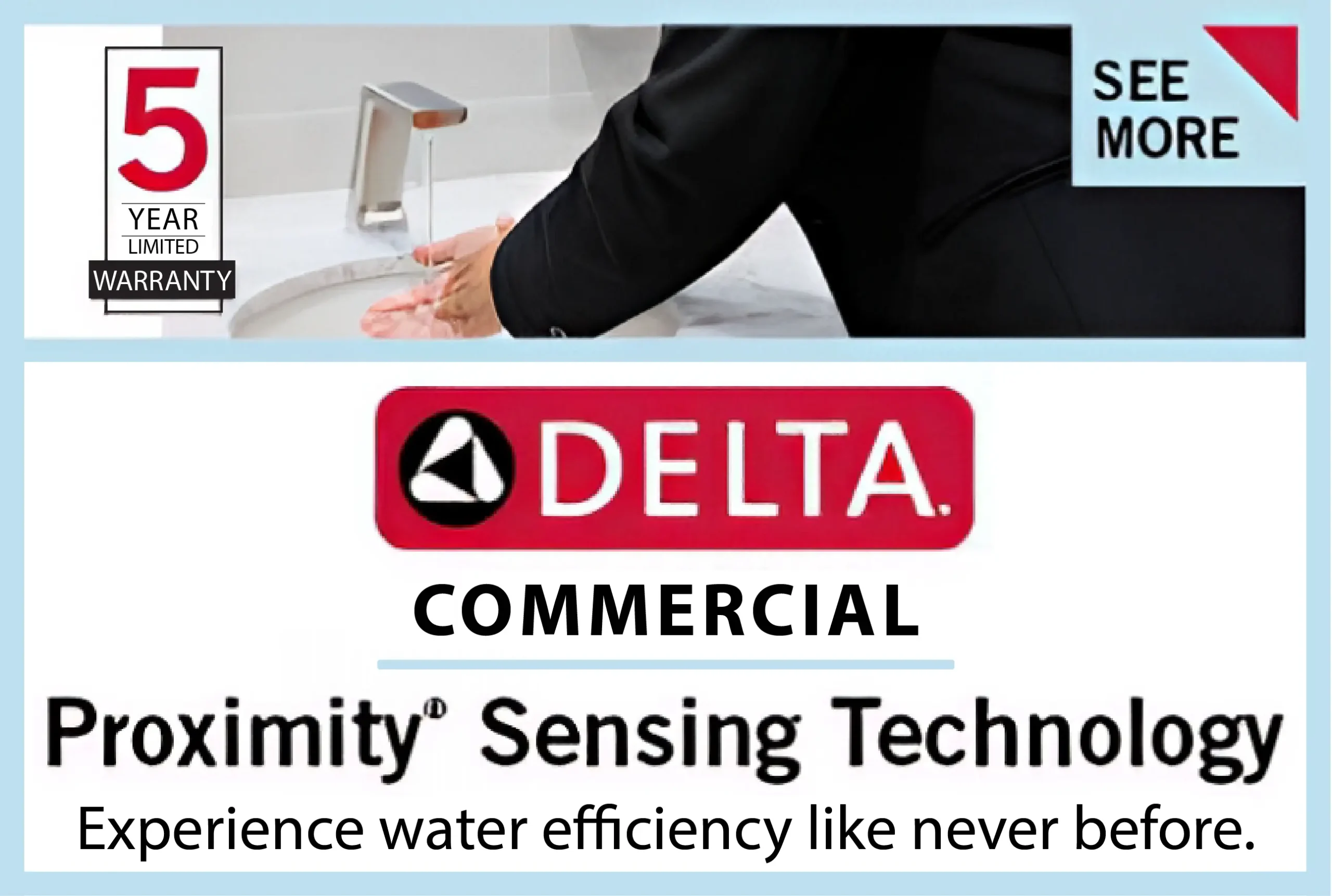Edible gardens aren’t just for homesteaders and allotment veterans anymore. They’ve gone from rustic rows of veg to curated outdoor spaces that reflect a homeowner’s lifestyle and values. Whether you’re a weekend pasta-maker craving fresh basil or a parent wanting to teach kids where food comes from, there’s something special about stepping into your garden and harvesting dinner.
And while anyone can plant a few tomatoes in pots, creating a truly stylish edible garden takes vision. The kind of vision that garden designers bring when they consider not just soil and sun, but how the space feels, flows, and supports everyday living.
This guide brings together practical tips and expert input from the design team at Elementa Design, known for their holistic approach to sustainable landscapes. The goal? To show that beauty and utility can absolutely grow in the same bed.
Why Edible Gardens Are Having a Moment
Let’s be honest—growing your own food feels good. There’s the freshness, the flavour, the money saved at the supermarket. But there’s also something deeper: control. Over what you eat, how it’s grown, and what’s in it.
Add to that a growing awareness of food miles, the unpredictability of supply chains, and a lifestyle shift toward wellness and hands-on living, and it’s no surprise that edible gardens are trending—not as an afterthought, but as a central design feature.
From rooftop herb patches in the city to formal fruit tree alleys in rural estates, the edible garden has officially gone upscale.
Beauty and Bounty: You Don’t Have to Choose
There’s a common myth that food gardens can’t be pretty. That productive spaces mean sacrificing style. But ask any experienced designer and they’ll tell you—this is where the magic happens.
Leafy greens can be sculptural. Fruit trees can frame a view. Raised beds can create geometry.
According to the team at Elementa Design, one of the most exciting challenges is blending form with function. “A successful edible garden isn’t just about growing things—it’s about making that growth a visible, enjoyable part of your life,” says one of their senior designers. “We want it to feel intentional, not improvised.”
By incorporating design principles like balance, repetition, and focal points, an edible garden can feel just as curated as a flower border. The trick is knowing how to layer plantings, play with heights and textures, and let the edible elements shine.
Step One: Know Your Space (and Your Appetite)
Before picking up a trowel, think about what you actually want from your edible garden. Are you dreaming of daily salads or just a handful of fresh herbs? Do you have the time for tomatoes, or would a low-maintenance berry hedge be more realistic?
This self-awareness should guide your design decisions—because a beautiful garden that becomes a burden is one that won’t be used or loved.
It also helps to observe your space through a design lens. Where’s the best light? Do you want the garden visible from the kitchen window, or tucked into a sunny nook? Will kids or pets be running through it? These questions inform layout, material choices, and plant selection.
At Elementa, a site analysis often reveals opportunities the client hadn’t seen. “People are surprised by how much can grow in awkward corners or even vertical spaces,” one designer shares. “It’s about working with, not against, the space you have.”
Layout Matters: Structure First, Then Planting
Stylish edible gardens often succeed because their structure is strong—even when the plants are off-season or newly planted.
Think paths, edges, and shapes before you think seeds.
- Raised beds are a classic choice—not just practical for drainage and soil control, but also for giving the garden a clean, defined look.
- Gravel paths or stepping stones add texture and make access easier.
- Fencing or trellis features can double as climbing supports for peas or beans.
- Seating areas make the garden feel lived-in, not just looked at.
Good structure also helps with seasonal change. When the lush greens of summer die back in winter, the framework of the space still looks intentional.
Planting Like a Pro: Colour, Contrast, and Companion Choices
This is where the fun kicks in.
Designers think about more than just yield—they think about aesthetics. That means choosing plants not only for what they produce, but how they grow, look, and pair together. Here are some easy wins:
- Mix foliage colours: Pair deep purple kale with lime-green lettuce for visual drama.
- Play with textures: The ruffled leaves of parsley contrast beautifully with the spikes of rosemary.
- Use height: Tall plants like corn or sunflowers can anchor the space and create natural divisions.
- Think bloom times: Some edible flowers (like nasturtiums) offer a long season of colour and culinary use.
Designers also often use companion planting—pairing plants that benefit each other—to improve pest control, soil health, and yield. For example, basil not only goes well with tomatoes on the plate, but also repels insects from the tomato plant.
Microclimates and Maintenance: Think Beyond the Obvious
Even in a small garden, not all spots are equal. Some areas will hold heat, others stay cooler. Some get full sun, others partial shade. This is where a designer’s understanding of microclimates becomes crucial.
Placing heat-loving crops like chillies or aubergines against a sun-facing wall can give them the boost they need. Meanwhile, leafy greens might prefer partial shade to avoid bolting.
Water access and wind exposure also matter. Elementa often designs in rainwater harvesting, irrigation zones, or windbreaks to reduce the long-term maintenance load while protecting plants.
The Extras That Elevate
To move from “DIY veg patch” to “designed edible landscape,” it’s the finishing touches that make the difference.
Here are a few ideas straight from the Elementa Design playbook:
- Built-in compost bays that double as screening features.
- Potting benches integrated into pergolas or walls.
- Decorative cloches or cages to keep pests out while looking stylish.
- Lighting to make the garden usable after dark, and highlight focal plants or features.
Even labels can be a design choice. Handwritten copper tags or ceramic stakes are a small detail that adds polish.
Bringing It Indoors: Edible Design Doesn’t Stop Outside
For homeowners truly embracing the edible garden lifestyle, it’s worth thinking about how the garden connects to the kitchen.
- A kitchen window box with herbs offers instant access.
- A garden door with a direct path to a raised bed can change your cooking routine.
- Designers may even coordinate indoor grow shelves or pantry drying racks for harvested herbs.
Elementa sometimes works with interior designers or kitchen planners to make sure the edible garden isn’t just functional—but part of a larger lifestyle upgrade.
Year-Round Enjoyment
With smart design, an edible garden doesn’t have to be a summer-only affair.
- Evergreen herbs like rosemary and thyme offer year-round interest.
- Winter crops like kale, chard, and Brussels sprouts can extend the harvest.
- Cold frames and small greenhouses allow early sowing and late picking.
This extends both the usability and visual appeal of the garden well beyond the warm months.
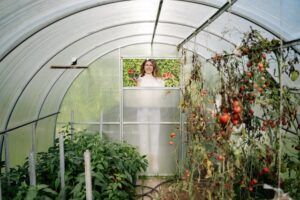
The Takeaway: It’s Your Lifestyle, Rooted
Stylish edible gardens are about more than homegrown carrots. They’re about identity, intention, and daily life.
Designers like those at Elementa understand that the best gardens are the ones people want to spend time in—not just because they’re useful, but because they’re beautiful, personal, and a joy to be in.
So if you’re craving a garden that grows more than food—one that feeds your eyes, your values, and your lifestyle—it might be time to think like a designer.




